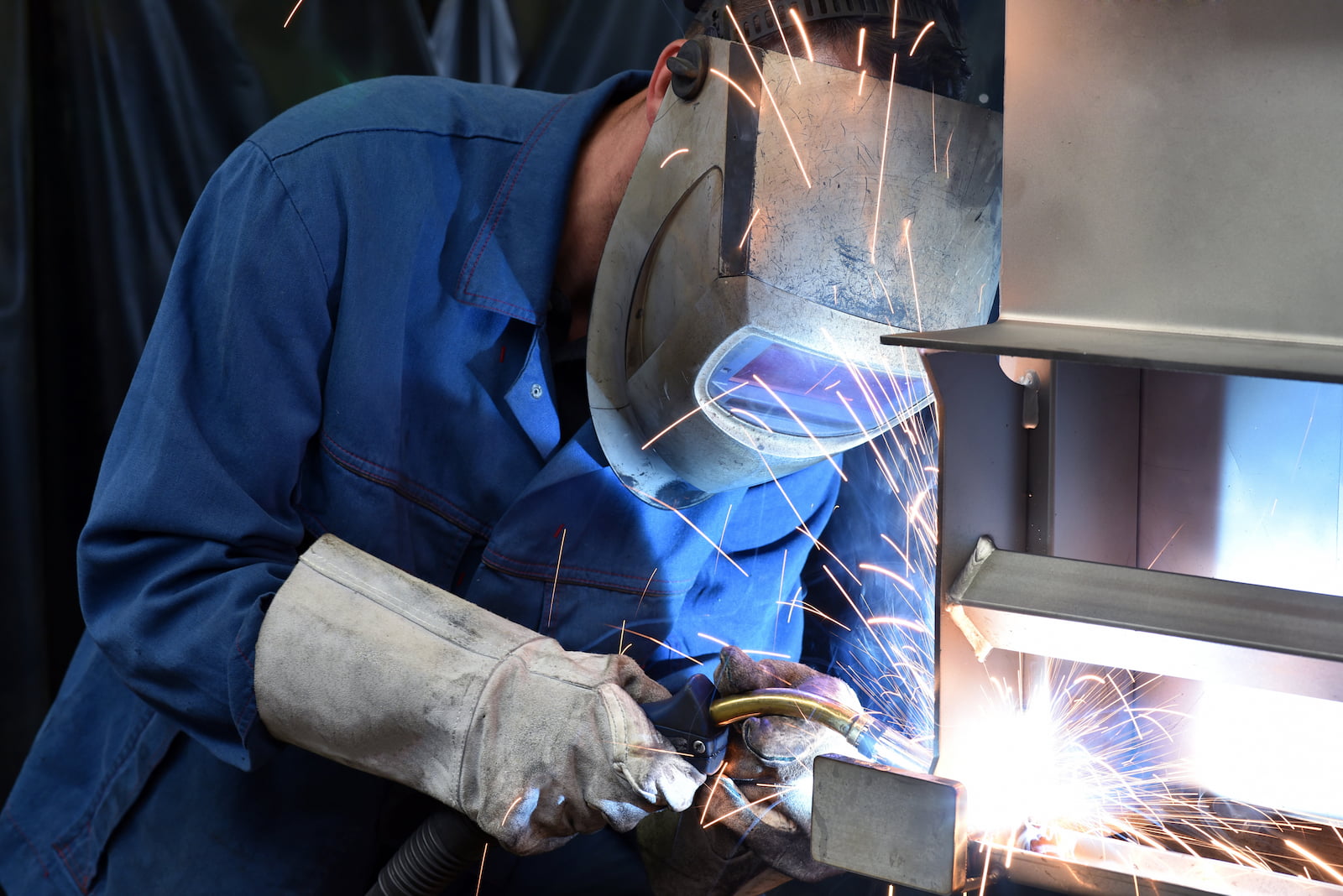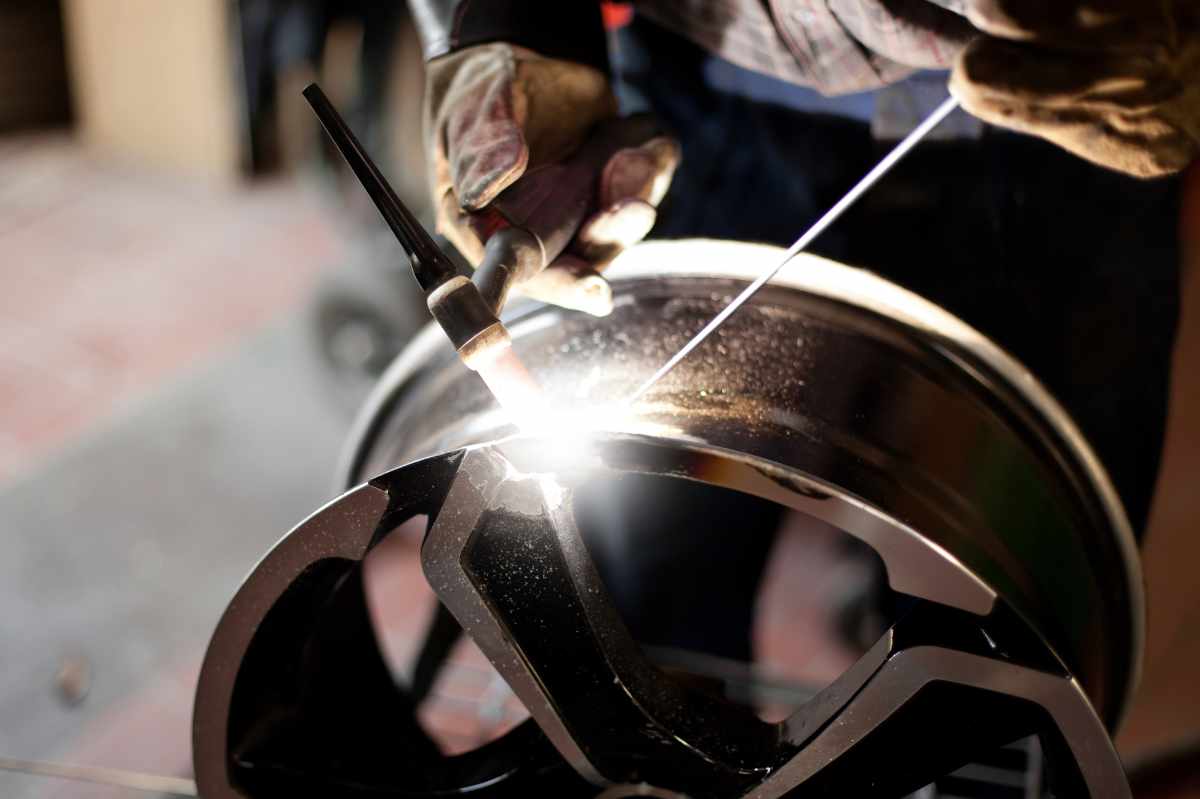All Concerning Welding: Trick Insights Into Techniques and Ideal Practices for Success
Welding incorporates a selection of strategies, each matched for details materials and applications. Comprehending these techniques, such as GMAW, SMAW, and TIG, is crucial for achieving perfect results. The ideal tools and safety methods can not be ignored. As prep work and fixing play important duties in the welding process, mastering these aspects can considerably enhance the quality of the end product. What are the essential elements that assure an effective weld?
Comprehending Different Welding Strategies
Welding methods encompass a selection of approaches, each fit to particular applications and products. Amongst the most common strategies are Gas Steel Arc Welding (GMAW), Protected Steel Arc Welding (SMAW), and Tungsten Inert Gas Welding (TIG) GMAW, additionally called MIG welding, is preferred for its speed and convenience, making it perfect for slim materials. SMAW, or stick welding, is preferred for its simplicity and efficiency in exterior atmospheres, particularly with thicker steels. TIG welding provides accuracy and control, making it suitable for complex work and non-ferrous steels (Montana Mobile Welding and Repair). Each method has its unique benefits and considerations, permitting welders to select the most effective approach based upon the task's requirements, product type, and preferred end results. Understanding these methods is vital for effective welding
Important Welding Devices and Devices
While various welding strategies call for specific skills, the appropriate equipment and tools are equally necessary for achieving high quality outcomes. Essential welding devices consists of welding makers, which differ depending on the technique-- such as MIG, TIG, or stick welding. Safety equipment, consisting of gloves, headgears, and aprons, guarantees security and comfort throughout the process. In enhancement, clamps and components help protect products in position, making certain accuracy in welds. Consumables like welding rods, cord, and shielding gas are also essential components that affect the quality of the weld. Devices such as cutters and mills facilitate surface area prep work and post-weld ending up, adding to an expert end result. Purchasing top quality tools ultimately enhances the effectiveness and effectiveness of welding jobs.
Safety Practices in Welding
Proper safety methods are necessary in the welding sector to protect employees from potential risks. Welders need to use appropriate personal safety devices (PPE), consisting of safety helmets with appropriate shading, gloves, and flame-resistant garments. Adequate air flow is vital to reduce direct exposure to damaging fumes and gases produced throughout the welding procedure. In addition, employees ought to be educated in the proper handling of welding tools to stop accidents. Fire safety procedures, such as keeping combustible products far from the welding location and having fire extinguishers easily offered, are necessary. Routine inspections of tools and workspaces can aid determine prospective threats prior to they bring about mishaps. By adhering to these safety and security techniques, welders can produce a more secure working environment and reduce threats associated with their profession.
Readying Products for Welding
Preparing products for welding is a crucial step that considerably influences the quality and integrity of the end product (Welding). Correct prep work involves cleansing the surfaces to get rid of impurities such as oil, dirt, and corrosion, which can jeopardize the weld. Methods such as grinding, fining sand, or using solvents are generally used to achieve a clean surface. Additionally, making certain that the products fit with each other comfortably is necessary; voids can bring about weak welds. It's also essential to take right into account the alignment and positioning of the elements, as this will certainly affect the ease of welding and the last end result. Choosing the appropriate filler material and making sure compatibility with the base metals is crucial for attaining solid, resilient welds.
Tips for Getting High-Quality Welds
Accomplishing top notch welds requires focus to information and adherence to finest techniques throughout the welding procedure. Appropriate joint prep work is vital, making sure surfaces are free and tidy from pollutants. Choosing the appropriate filler product and welding technique based upon the base steels is important for optimal bonding. Keeping consistent traveling speed and angle while welding can prevent issues and advertise harmony. In addition, regulating warmth input is important; excessive warmth can cause warping and damaged joints. If necessary, frequently examining the welds during the procedure allows for immediate changes. Employing appropriate post-weld therapies, such as cleaning and anxiety alleviation, can improve the longevity and stability of the weld, eventually guaranteeing a successful end result.
Fixing Common Welding Issues
Welding commonly offers challenges that can influence the quality and integrity of the end product. Typical issues such as porosity, inconsistent weld beads, and getting too hot can arise, each requiring certain repairing techniques. Recognizing these problems is crucial for welders to boost their skills and accomplish optimal outcomes.
Porosity Troubles Discussed
Although porosity can usually be overlooked, it remains an important issue in welding that can jeopardize the honesty of a finished item. Porosity refers to the existence of tiny gas pockets within the weld grain, which can lead and damage the joint to premature failing. This trouble typically develops from impurities, wetness, or improper shielding gas insurance coverage throughout the welding procedure. To mitigate porosity, welders ought to validate that the base materials are completely dry and tidy, utilize appropriate shielding gases, and keep regular welding specifications. Regularly checking the devices and setting can likewise assist recognize prospective concerns prior to they show up in the weld. blueprint reading for welders Dealing with porosity properly is essential for accomplishing strong, long lasting welds that fulfill high quality requirements.

Inconsistent Weld Beans
Inconsistent weld beads can considerably affect the quality and strength of a completed product. Different aspects add to this issue, consisting of incorrect travel rate, wrong amperage setups, and irregular electrode angles. When the welder relocates too rapidly, a bead might appear narrow and lack infiltration, while relocating also gradually can trigger excessive build-up. Additionally, utilizing the incorrect amperage can cause either undercutting or extreme Homepage spatter, both of which concession weld stability. The welder's method, such as inconsistent torch movement, can additionally cause uneven grain appearance. To alleviate these troubles, welders need to concentrate on maintaining consistent, regulated activities and making certain appropriate tools setups to achieve uniformity in their welds. Uniformity is essential to attaining reliable and solid welds.
Getting Too Hot and Bending Issues
Extreme heat throughout the welding procedure can lead to substantial overheating and buckling issues, impacting the structural stability of the workpiece. These problems often show up as distortion, which can endanger alignment and fit-up, making further setting up testing. Elements adding to overheating consist of the choice of welding specifications, such as voltage and take a trip rate, along with the kind of product being welded. To mitigate these issues, welders need to preserve consistent travel speed and ideal warm input while monitoring the work surface temperature. Furthermore, pre-heating or post-weld warm therapy can help ease anxieties triggered by quick air conditioning - Montana Mobile Welding and Repair Fabrication. Routine evaluation and adherence to finest practices are vital in avoiding getting too hot and making certain the long life and integrity of welded structures
Regularly Asked Questions
What Are the Career Opportunities in the Welding Market?
The welding industry supplies diverse career opportunities, consisting of settings as welders, engineers, educators, and inspectors. Experts can work in manufacturing, building, aerospace, and auto industries, profiting from strong demand and affordable incomes in different roles.
Just How Can I Boost My Welding Rate Without Compromising High Quality?
To improve welding speed without sacrificing high quality, one ought to exercise reliable methods, preserve tools, enhance settings, and enhance hand-eye control. Normal training and looking for responses can likewise considerably add to achieving much faster, premium welds.
What Qualifications Are Offered for Welders?
Various accreditations exist for welders, including those from the American Welding Society (AWS), the National Center for Construction Education and Research Study (NCCER), and different industry-specific companies. These credentials improve employability and demonstrate ability efficiency.
How Does Welding Affect the Qualities of Metals?
Welding influences the buildings of metals by modifying their microstructure, which can lead to modifications over here in stamina, solidity, and ductility. Warm input and cooling rates during the procedure significantly impact these material qualities.
Can I Bonded Dissimilar Metals Together?
